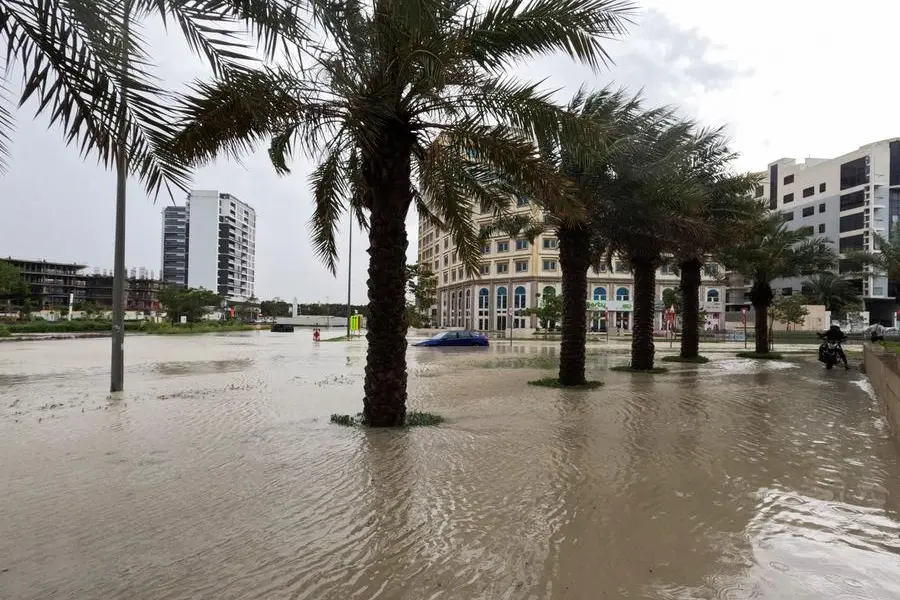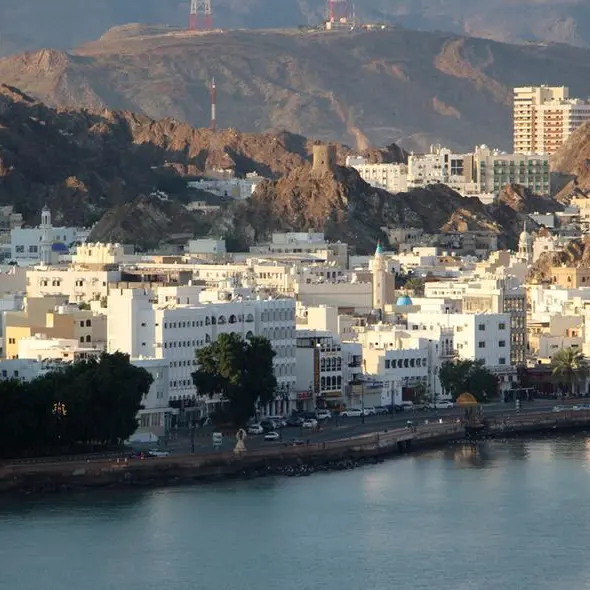PHOTO
Airports, malls and offices flooded; motorists forced to abandon their broken-down vehicles on water-logged roads; residents scampering to repair leaky roofs; and tenants left without electricity and water — these are just some of the many ways life in the UAE was disrupted as the country reeled under the heaviest rainfall it received in 75 years.
Referring to the record-breaking weather event as “exceptional” and “historic”, the National Centre of Meteorology (NCM) said one station in Al Ain recorded 254mm of rainfall in less than 24 hours. At least four stations recorded in excess of 200mm of rainfall. In contrast, the UAE records average rainfall of 100mm per year.
As authorities work around the clock to drain the streets and restore public services, it looks like the worst is over.
According to the last weather update issued by the NCM, from Wednesday morning to afternoon, “some convective clouds will form over coastal areas associated with rainfall and then will concentrate over Eastern and Northern regions, with the clouds gradually decreasing by noon”.
After the rains today, no further showers have been forecast till Sunday as per the NCM’s five-day weather bulletin.
Temperatures are expected to increase gradually from Thursday. Partly cloudy conditions are expected to persist in some areas over the next five days, with chances of fog and mist till Saturday.
The impact of the same low-pressure system on neighbouring Oman was more intense. At least 18 people were killed in the flash floods in the Gulf state.
Copyright © 2022 Khaleej Times. All Rights Reserved. Provided by SyndiGate Media Inc. (Syndigate.info).





















